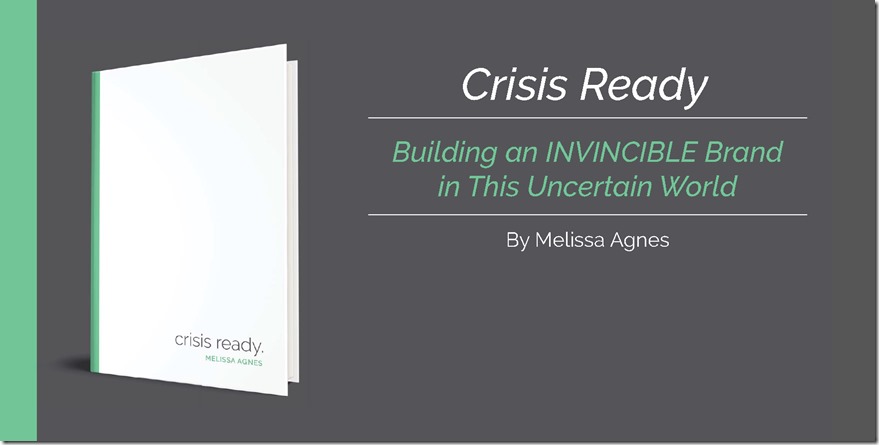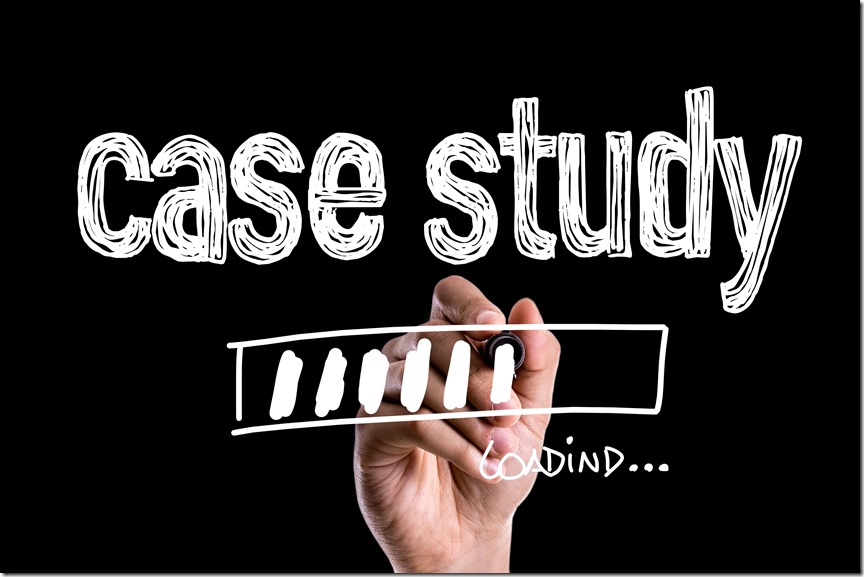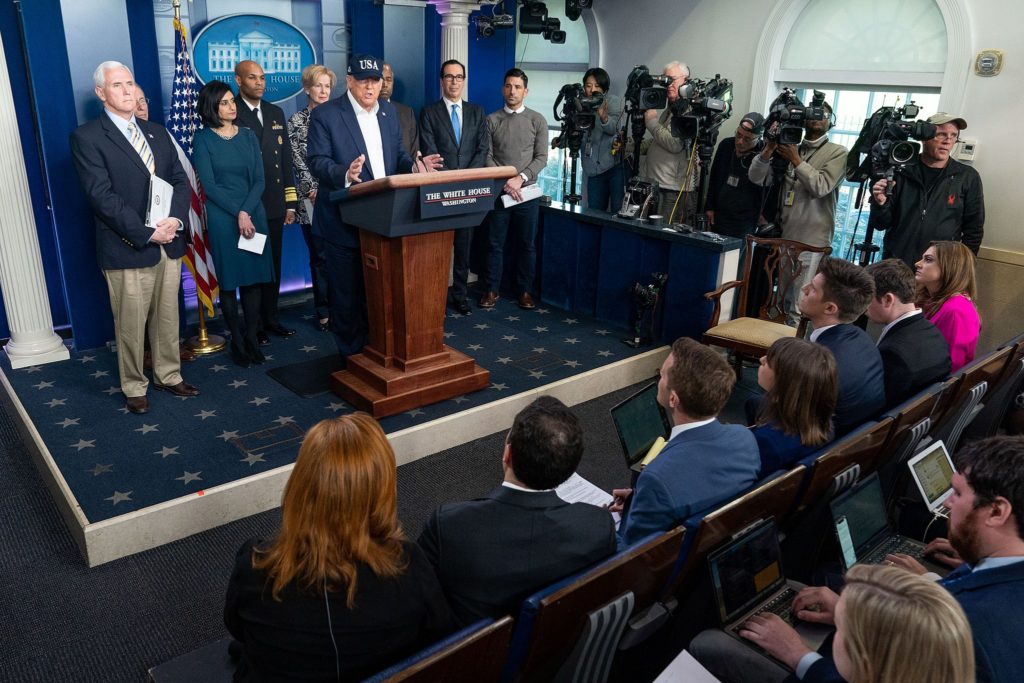How To Know If You Have An "Issue" Or A "Crisis"
Editor’s Note: This is an excerpt from Melissa Agnes’s new book, Crisis Ready: Building an Invincible Brand in an Uncertain World. I highly recommend it.
Live, during the 2017 Academy Awards ceremony, La La Land was named the winner of the coveted Best Picture award. Minutes later, after La La Land ’s cast and crew had already taken to the stage and were giving their acceptance speech, the film’s producer, Jordan Horowitz, claimed the audience’s attention by announcing that there had been a mistake. La La Land was not the winner, Moonlight was.
The world watched as confusion and embarrassment took place. Finally, Moonlight director Barry Jenkins took to the stage to claim the Oscar. As can be expected, the world took notice and the incident immediately went viral. The media reported on the embarrassing moment, naming PricewaterhouseCoopers as the ones responsible for the mix-up, while social media exploded with commentary, reactions and discussions. For days, the buzz was all about the Oscars’ crisis.
But was this really a crisis for the Oscars? The answer is no, it absolutely was not. A crisis for the Oscars would be, for example, something like a terrorist attack. What occurred on Sunday, February 26th, 2017, at the 89th Academy Awards ceremony, was an issue for the Oscars. A viral issue, but an issue nonetheless.
However, the same can’t be said for PricewaterhouseCoopers (PwC) or its two partners responsible for the mishap.
PwC is a multinational professional services firm that, since 1934, has been responsible for tallying the Oscar votes, determining who won, and handing the presenters the envelopes that contain the names of the winners throughout the ceremony. Unlike for the Oscars, this mix-up was more than an issue for PwC and its two partners. It was the makings of a crisis.
Why? Let’s examine. PwC leverages its long-standing relationship with the Academy as a way to highlight their trustworthiness and their dependability—both incredibly important aspects of an accounting firm. In a matter of seconds, their credibility and dependability was called into question, and millions of people were there to watch it happen live. If they did not manage this incident well, it could present a long-term negative impact on the organization’s reputation.
As for the two partners responsible for the blunder, their professional reputations were put on the line that night, as was their physical safety when they began receiving death threats, with pictures of their homes shared on social media.
Meanwhile, while the Academy was subjected to an incredibly embarrassing moment, the incident didn’t threaten any long-term damage to their reputation in any way. This blunder wasn’t their fault and therefore did not threaten to negatively reflect upon them. As a result, this was not a crisis for the Oscars. It was an embarrassing issue that needed to be managed in the heat of the moment. And it was.
It is important to understand that, just because something is a crisis for one organization, does not necessarily mean it is a crisis for another organization. It all depends on the incident’s potential long-term impact on the organization, and different incidents impact different organizations in different ways.
This means that it is critical for your team to be able to clearly identify the difference between an issue and a crisis, in order for your organization to be able to respond effectively and appropriately to a negative situation. Using a fire extinguisher on an entire kitchen for a burned pop tart will create a ginormous, unnecessary mess. Over-reacting or under-reacting to an incident will do the same. Miscategorizing can make or break a situation.
Issue vs. Crisis
One thing I’ve come to learn in my years of consulting is that far too often, professionals get confused by the difference between an issue and a crisis. This confusion itself is a risk.
While the confusion can be understandable, considering all the realities and challenges we face in both instances, to be crisis ready, your team needs to be able to instinctively identify the true potential impact of a given situation and take the appropriate steps to either respond or escalate it internally.
Fortunately, crises have some clear characteristics which, when you know what they are, you can frame as questions to help your team quickly assess the potential impact of a negative situation. So, to begin, let’s define what a crisis is, and then frame it as a question for your team to use to help them properly assess a negative situation.
A crisis is:
a negative event or situation that impacts, or threatens to impact, people (stakeholders), the environment, business operations, the organization’s reputation and/or the organization’s bottom line, over the long-term. A crisis is a negative event that will stop business as usual to some extent, as it will require immediate attention and guidance from leadership.
An issue is:
a negative event or situation that either does not stop business as usual, and/or does not threaten long-term negative impact on any of the five business attributes listed above. However, this is not to say that issues aren’t important to quickly detect and manage. Mismanaged issues can and do develop into crises.
Let’s Compare
To make this real, let’s bring the Oscars example back and evaluate the incident’s potential long-term impact for each of the three parties involved.
Academy Awards
Stop business as usual?
No. It was a minor blip, and the show went on.
Threaten long-term impact?
This incident did not threaten long-term impact on:
• the audience or members of the Academy,
• the environment,
• business operations,
• the Academy’s reputation, as they were not responsible for this blunder,
• the Academy’s bottom line.
Issue or Crisis?
Issue
PWC
Stop business as usual?
Yes. It was necessary for PwC to release a statement that acknowledged the mix-up and demonstrated that the situation was being taken seriously.
Additionally, over the next few days, you can imagine what must have gone on within the organization: the right people needed to gather and figure out what they needed to do on their end to mitigate the potential long-term impact of the incident on the brand. For example,
• They needed to initiate an investigation to determine the root cause of the mix-up;
• They needed to speak with members of the Academy to address any loss of trust with their long-standing client; and
• They needed to take appropriate action to reassure the Academy, and their other stakeholders, how they planned to prevent this situation from happening again.
Threaten long-term impact?
The incident, if not managed properly, threatened long-term negative impact on PwC’s reputation and, therefore, potentially its bottom line.
Issue or Crisis?
Potential crisis
The Two PWC Partners
Stop business as usual?
Absolutely. Right from the second they realized that they had handed off the wrong envelope, they were in crisis mode. They needed to stop everything and manage the situation.
Threaten long-term impact?
This incident threatened:
• their professional reputations, potentially their bottom line had they lost
• their positions at the firm, and
• their physical safety (their persons).
Issue or Crisis?
Crisis
By arming your team with an understanding of the difference between an issue and a crisis, and by providing them with the definitions and question mentioned above, you will help them clearly and effectively identify rising risks.
Editor’s Note: This is an excerpt from Melissa Agnes’s new book, Crisis Ready: Building an Invincible Brand in an Uncertain World. I highly recommend it.






A good read Brad and kudos to you for calling out Melissa’s work. I’m a big fan of Melissa’s ‘crisis ready’ approach and work like hell to get my organization to operate with that mindset. In the case of PWC and the Oscars, it came down to two people not DOING THEIR JOB! They were backstage and had one job to do – make sure to give Beatty the right envelope. If I recall correctly, the PWC partner who was backstage and had THAT job, was Tweeting about the show and the big build-up leading up to Best Picture. I would suggest his preoccupation with Tweeting took his attention from what he was there to do and resulted in the error.
Going into the Oscars, and if I were PWC leadership, I’m thinking we have our bases covered by having two ‘partners’ tasked with ensuring the right envelope was handed off. Unfortunately a momentary lapse in concentration created a case study that will forever connect PWC with the Oscars, and not the connection they want to be known for.